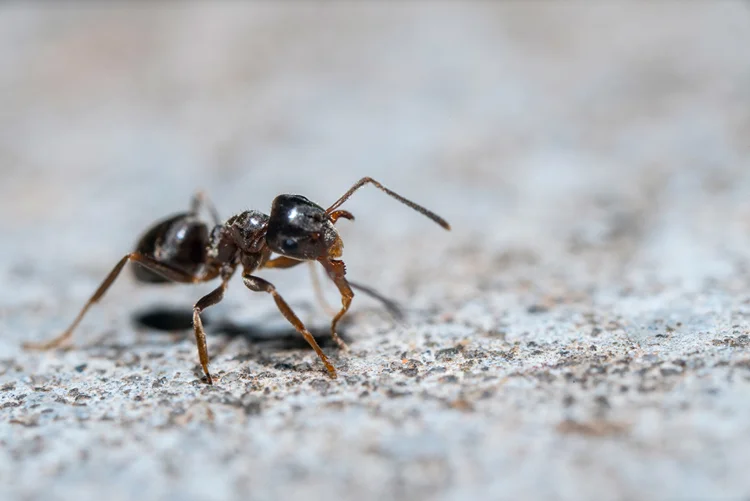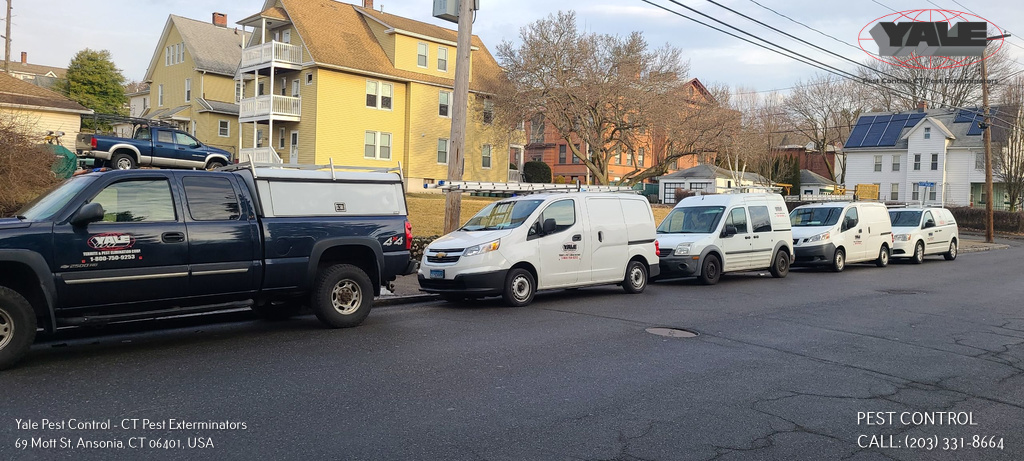
One of the most annoying household pests that are often hard to deal with is ants. When it comes to the most common ant species, carpenter ants and concrete ants are the ones that you can typically find indoors and outdoors. Although these regular ants can sometimes look the same to the naked eye, they each have their own unique characteristics.
So how do you differentiate a carpenter ant from a concrete ant? Both ants appear to be quite small but they can vary in terms of their color and body. They also differ in their nesting locations, swarming activity, and behavior. Carpenter ants are more destructive and may cause significant property and wood damage, while concrete ants just lie underneath pavements and driveways without posing any threat to your home’s structural integrity.
There are thousands of ant species that can be found throughout the United States, such as the Argentine ant, pharaoh ant, odorous house ant, acrobat ant, red imported fire ant, and sugar ant. However, most infestations are usually caused by either the carpenter ant or the pavement ant.
These two types of ants are among the most commonly encountered pests in every home. To be able to properly get rid of them, it’s important to know how to tell these two ants apart from each other.
Carpenter ants can sometimes be mistaken for the little black ant since they can also appear dark in color. However, even if black is the most common color for carpenter ants, their bodies can also range from brown, yellow, dark red, or tan. They’re also bigger than regular house ants and can grow up to 1/2 to 5/8 inch long. They have a smooth, rounded thorax with large mandibles on their head.
Meanwhile, the concrete or pavement ant is smaller than the carpenter species and usually appears 1/16 to 1/8 inch long. Their bodies can vary from dark brown to black in color. When viewing them up close, you can see that they have visible parallel lines or markings on their head and a single pair of spines on the thorax.
Carpenter ants are wood dwellers and they prefer to live in moist and damaged wood. While they usually live outdoors, carpenter ants can go inside homes in search of shelter and food and will create their ant colony near places with excess moisture and water sources.
They can also burrow through wood which can damage the structural foundation of your home and furniture. Some of the common areas where you can find a carpenter ant nest are under sinks and bathtubs, crawlspaces, windowsills, door frames, fence posts, and inside tree stumps and logs.
From its name, pavement ants commonly nest near sidewalks, driveways, concrete slabs, building foundations, and under stones or cracks in pavements. They can enter homes during winter in search of food and warmth. Once inside, they can build their nests under floors and carpets, inside walls or attic insulation, near baseboards and hollow cracks, and around moist sinks and toilets.
When looking for carpenter ant activity, there are some telltale signs that you need to look out for. Here are some of the common ways to identify a carpenter ant infestation:
It’s relatively easy to spot a pavement ant infestation outdoors since you can see their nests on sidewalks, patios, and garages. Meanwhile, here are some of the signs that you have a pavement ant problem indoors:
Most species of ants are active in warmer months, while they remain dormant and hide in their nests during the winter season. But if they find a good food source and place to build a satellite nest inside your home, you may find yourself with an ant infestation during cold months.
Both carpenter and concrete ants typically swarm in spring or early summer when you can find large groups of flying ants coming out from their nest. These winged ants are the reproductives that will mate and pair off to find a new suitable nesting location.
Carpenter ant queens can lay about 15 to 20 eggs, while pavement ant queens can produce up to 40 eggs at a time. These eggs will grow to become adult worker ants whose job is to forage for food and sustain the colony.
Carpenter ants are more dangerous and destructive than concrete ants. Like subterranean termites, a carpenter ant can cause extensive wood damage since they can dig through wood and reduce the stability of your foundation and wooden structure. They can also bite, however their sting isn’t as painful as that of fire ants. Carpenter ant bites usually cause mild redness and swelling that can last for several days.
While pavement ants can burrow into concrete and sidewalks, they’re simply a nuisance ant that cannot cause significant structural damage to homes. While they have stingers on their head, they rarely use them to bite or harm humans.

While it’s possible to manage small ant infestations with simple home remedies on your own, it’s best to consult a professional pest control team to completely exterminate them. Most ant control experts use a wide variety of treatments and solutions to effectively address your pest problem.
There are several ways to eliminate carpenter ants and concrete ants from your home. Here are some of the techniques that pest control experts can use:
Controlling serious infestations can be difficult which is why it’s important to always be a step ahead and set up preventive measures. Here are some tips to help keep your home unattractive for ants and avoid large infestations:

While carpenter ants and concrete ants have distinct differences in their appearance and habitats, the one thing they have in common is that they can cause a great deal of frustration once they start an infestation in your home. As a homeowner, you should schedule regular pest control inspections to keep your house free from annoying ants.
Let our team at Yale Pest Control provide you with customized and efficient solutions to eliminate your infestation problem. We have extensive experience in dealing with different types of pests including termite infestation, rodents, stinging insects, spiders and especially ant species like carpenter ants, pavement ants, crazy ants, sugar ants, acrobat ants, and field ants. Call us now to get a free quote for your ant infestation.